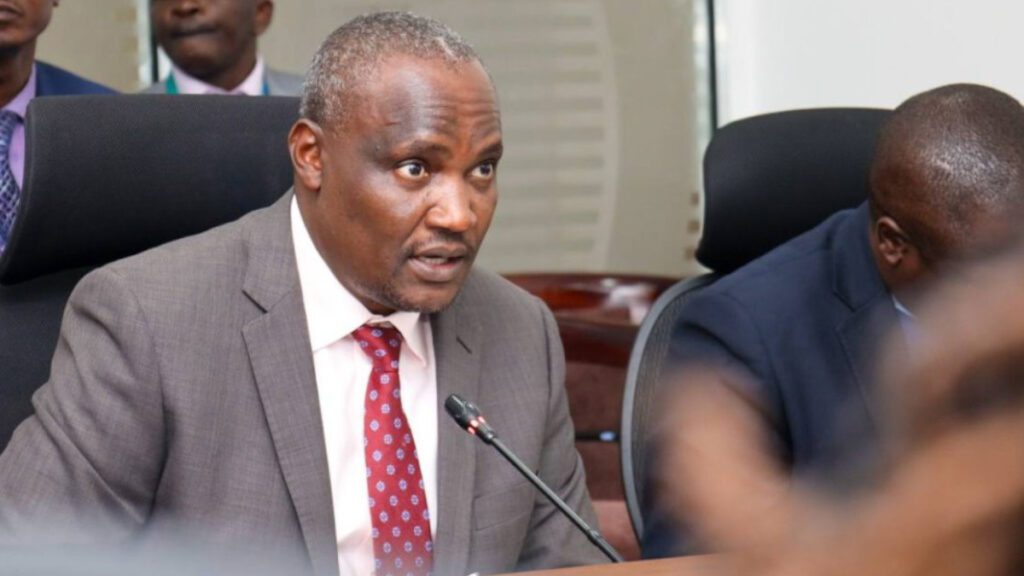Kenya’s public universities are facing a severe financial crisis. Treasury CS John Mbadi has announced a drastic rescue plan that includes layoffs, campus closures, and a controversial funding model. The government now admits it can no longer afford to finance university education at previous levels.
Kenya’s public universities are staring at a grim future. Years of chronic underfunding, ballooning student numbers, and unpaid debts have driven institutions once known for academic excellence to the brink of collapse.
Now, the government has officially admitted that it can no longer afford to sustain university education. Treasury Cabinet Secretary John Mbadi has laid out a radical new plan to rescue the sector — but it could leave thousands of students behind and cost thousands of university workers their jobs.
“We’ve been living a lie, sending our children to universities for free education without funding. We must be realistic,” Mbadi said bluntly.
Mass Layoffs, Campus Sales Proposed
Among the immediate reforms on the table are:
- Mass layoffs of university staff.
- Closure and sale of satellite campuses to offset debts.
- Outsourcing of non-core services.
- Implementation of a new funding model that passes the cost burden to students and families.
Mbadi said the Ministry of Education, working with public universities, will develop a comprehensive restructuring strategy aimed at restoring financial stability.
“The reforms include staff right-sizing, reducing administrative costs, and disposing of underutilized assets,” he explained.
Mounting Debt and Frozen Funding
Some universities are reportedly owed more than Ksh 4 billion, money spent educating students who were never adequately funded by the state — dating back as far as 2016.
Mbadi admitted the government does not have the capacity to settle these debts and is now pushing ahead with the New Higher Education Funding Model, launched in 2023.
The model uses Means Testing Instruments (MTIs) to categorize students based on need and determine funding levels, with parents expected to shoulder the remainder of tuition costs.
Critics Warn of a Collapse in Access
While the government insists the new model is helping universities escape financial distress, critics say the plan punishes poor families, effectively locking out thousands of deserving students from accessing higher education.
“This is not reform. This is abandonment,” said one university lecturer who asked to remain anonymous.
Stakeholders say the root problem is not just funding, but the lack of political will to treat education as a national priority. The result is a sector that once propelled Kenya’s development now being reduced to a shadow of its former self.
What’s Next for Kenya’s Universities?
CS Mbadi made it clear: free university education is no longer sustainable under the current fiscal conditions. Unless the new reforms are embraced — including private financing and parental contribution — the state will continue to cut back.
The Education Ministry is expected to table a detailed reform framework in Parliament in the coming weeks. University unions, student associations, and civil society groups have vowed to resist any moves that limit access to education.

